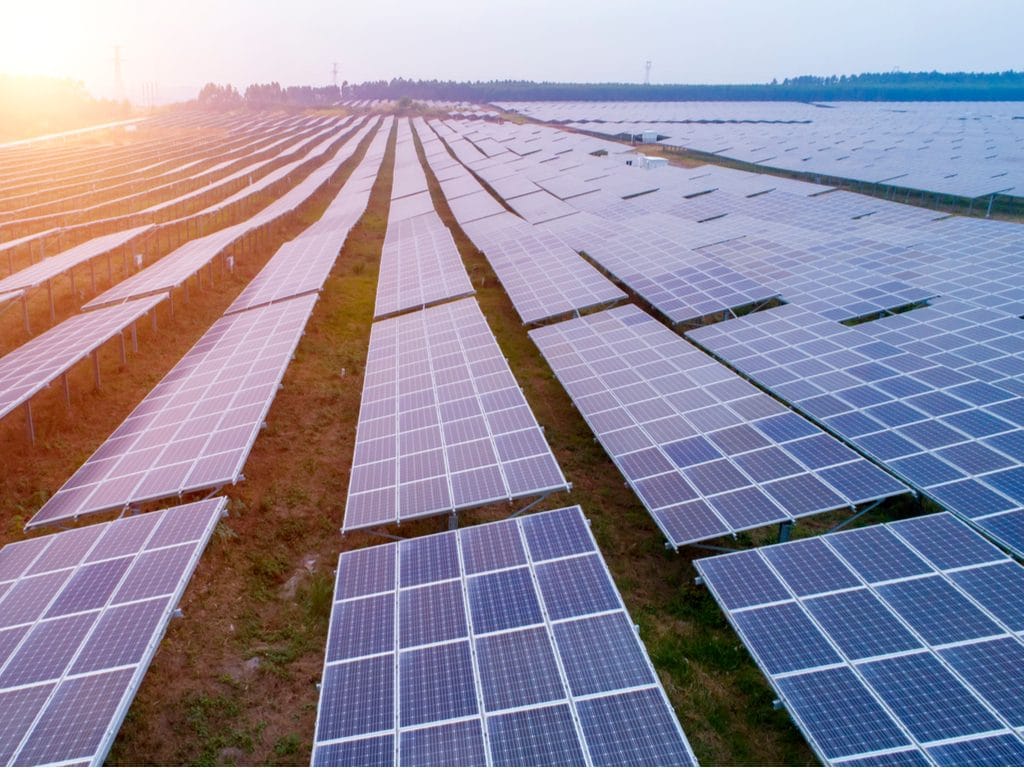Burundi’s green energy efforts got a major boost after it said on Monday it expects to double the generating capacity of its solar powered plant.
According to the government, the plan is part of a push to realize renewable energy for improved access to electricity for homes and businesses.
Burundi has a grid-connected 7.5MW solar power plant, located in Mubuga which started in 2021 after breaking ground in 2017.
Consequently, this increased Burundi’s generation capacity by over 10 percent and is the country’s first substantial energy generation project to go online in over three decades.
In addition, it supplies clean power to tens of thousands of homes and businesses.
With support from development partners, President Évariste Ndayishimiye lauded the project saying it marks a key part of Burundi’s climate change response.
According to the president, the country is seeking to diversify its sources of energy and accelerate its energy transition.
“We celebrate economic and climate progress in Burundi, which is open to direct foreign investment to catalyze economic growth for our people,” President Ndayishimiye said.
Gigawatt Global, the renewable energy company that developed the field released the statement.
“Thanks to this solar field, and my agreement to double the size of it, we have increased energy security that can reliably run agribusinesses.”
Green energy agenda and funding
The east African country depends on hydro-power for electricity supply, but the energy gap has forced many to rely on diesel.
Furthermore, the electricity from the solar field has substituted significant power from diesel, expanding output to new users.
The project is Burundi’s first grid-connected solar development by an independent power producer.
It is expected to pave the way for further foreign investment into the country’s renewable energy sector.
Notably, Gigawatt Global led the six-year process of building Burundi’s first solar plant.
The firm is an award- winning green energy developer and independent power producer for Africa.
A consortium of Inspired Evolution, the UK government-funded Renewable Energy Performance Platform (REPP) and Gigawatt Global funded the project.
On the other hand, the US International Development Finance Corporation (DFC) is financing the construction loans.

